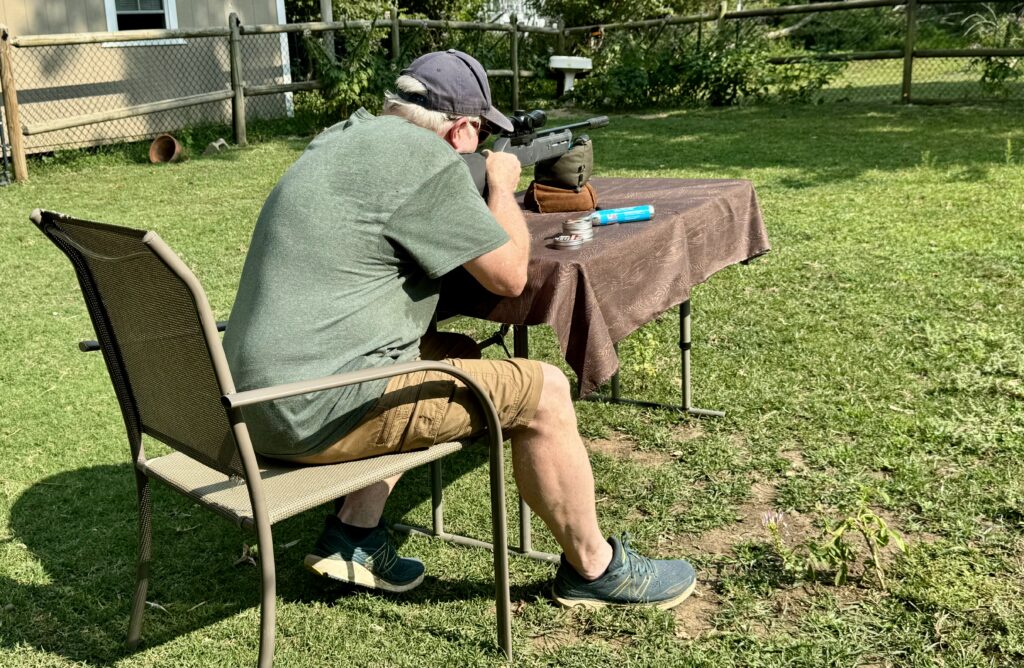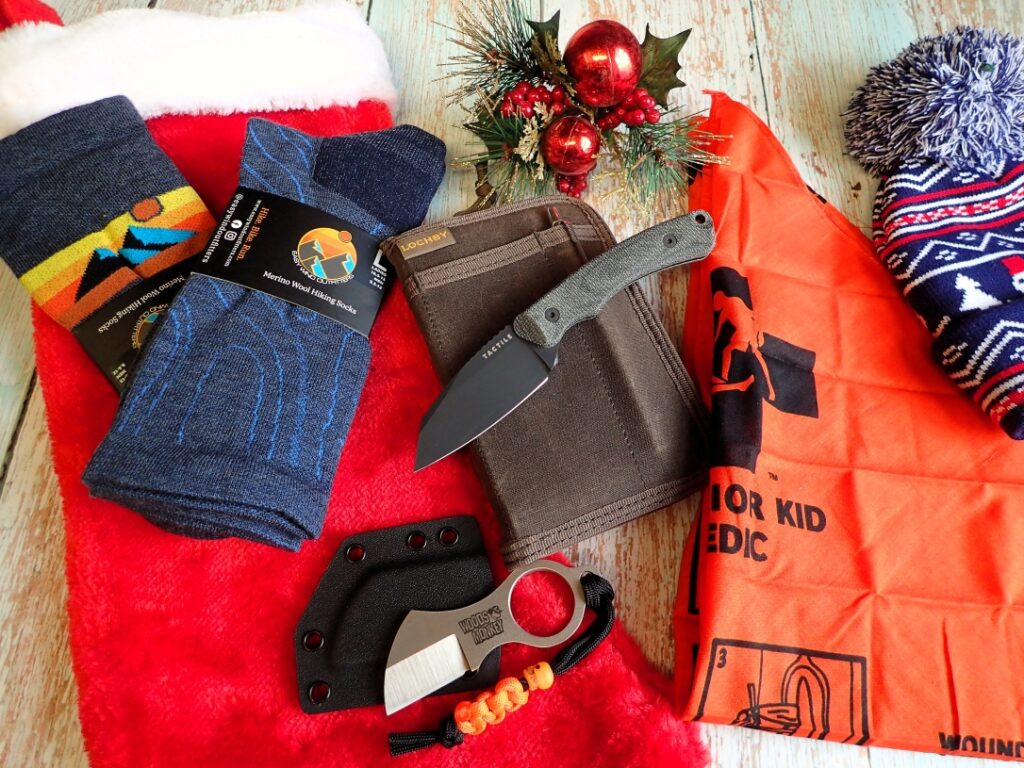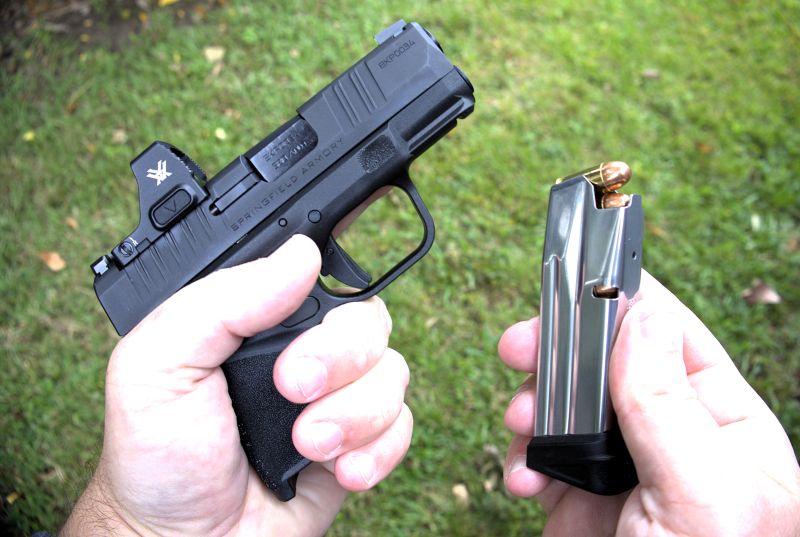Receiving their first real knife is a rite of passage for many children. Given that I’m a certified knife nerd, a fairly common question I receive is, “How old should my child be before I give them their first knife?” This is often followed by a request for recommendations.
Considerations for Your Child’s First Knife
The thing is, there is no magic age that somehow qualifies a child to carry and use a sharp knife, with or without supervision. I mean, if we’re being honest, I know middle-aged men who probably shouldn’t be allowed to carry a plastic spoon outside the house, let alone anything sharp and pointy.
So, if age isn’t an indicator, what is?
Advertisement — Continue Reading Below
Maturity
Probably the single most important thing to look for when deciding when to award a child their first knife is maturity. Now granted, child and maturity aren’t words that often go together well. But the child has to be able to follow rules and instructions, as well as understand consequences.
There is a level of trust involved. You have to know that you can rely on them to treat it with the respect it deserves. Being responsible is an aspect of maturity.
Dexterity
If the child cannot hold and maneuver it safely and effectively, then it won’t matter which one you choose for their first knife. Their hands have to be large enough to maintain control of the knife at all times. While the child may lack the fine motor control necessary for intricate cuts, such as detailed carving, they should be able to execute basic whittling sorts of cuts.
Advertisement — Continue Reading Below
Bear in mind that manipulating a lockback, liner lock, or other safety feature on a folding knife also requires a certain degree of deftness and finger strength.
First Knife Recommendations
I have a few requirements in mind when I consider whether a given knife would make for a good first-time blade for a young man or young woman.
First is quality. I’m not so old that I don’t remember how much abuse it will suffer in the hands of a child. Sure, even adults tend to treat their knives like rented mules, but when you’re a kid, I feel like there’s a tendency to use a knife for everything, including a pry bar and an improvised flathead screwdriver. With that in mind, I want to be confident that the knife will hold up.
Advertisement — Continue Reading Below
At the same time, the first knife shouldn’t be too expensive. The thing is, kids tend to lose things. So, I’d say try to keep it under $50 or so. There are plenty of great options at that price point without sacrificing quality.
The first knife should also be relatively simple. By that, I mean avoid flippers or assisted open knives, along with automatics. If you want a folding knife, then a slip joint is the way to go. A fixed blade might be even better for some, as there aren’t any moving parts at all.
Let’s look at a few options that meet those parameters. We’ll include both folders and fixed blades.
Advertisement — Continue Reading Below
Swiss Army Knife – Tinker or Hiker
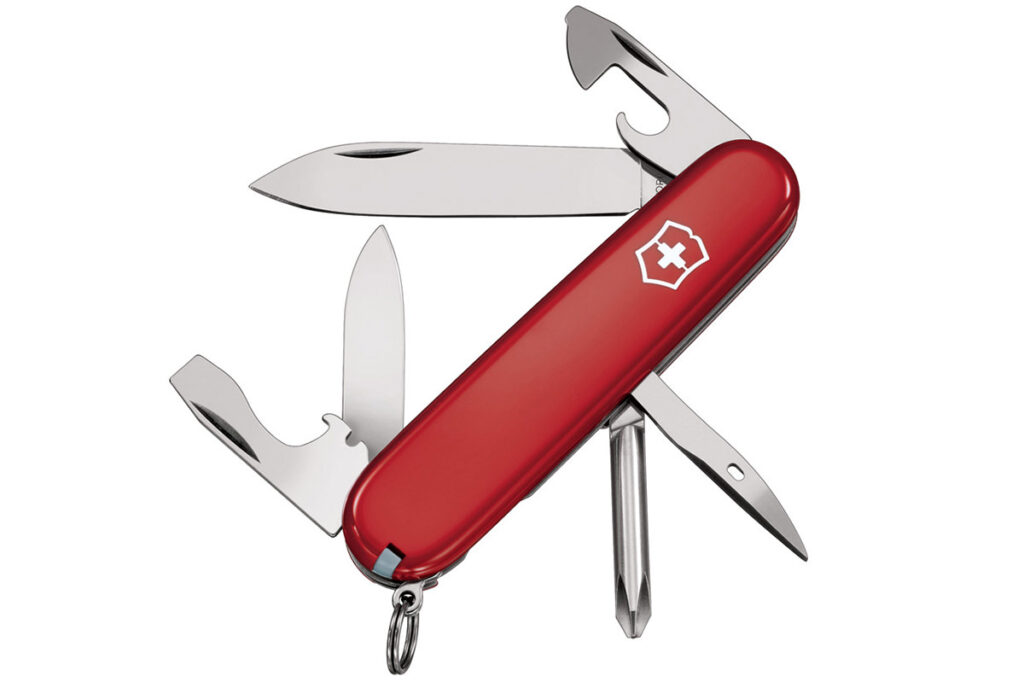
A Swiss Army knife makes for a great first knife option. They’re common, easy to find, easy to use, and quite handy. I prefer either the Tinker or the Hiker, with the latter having a great little wood saw on board.
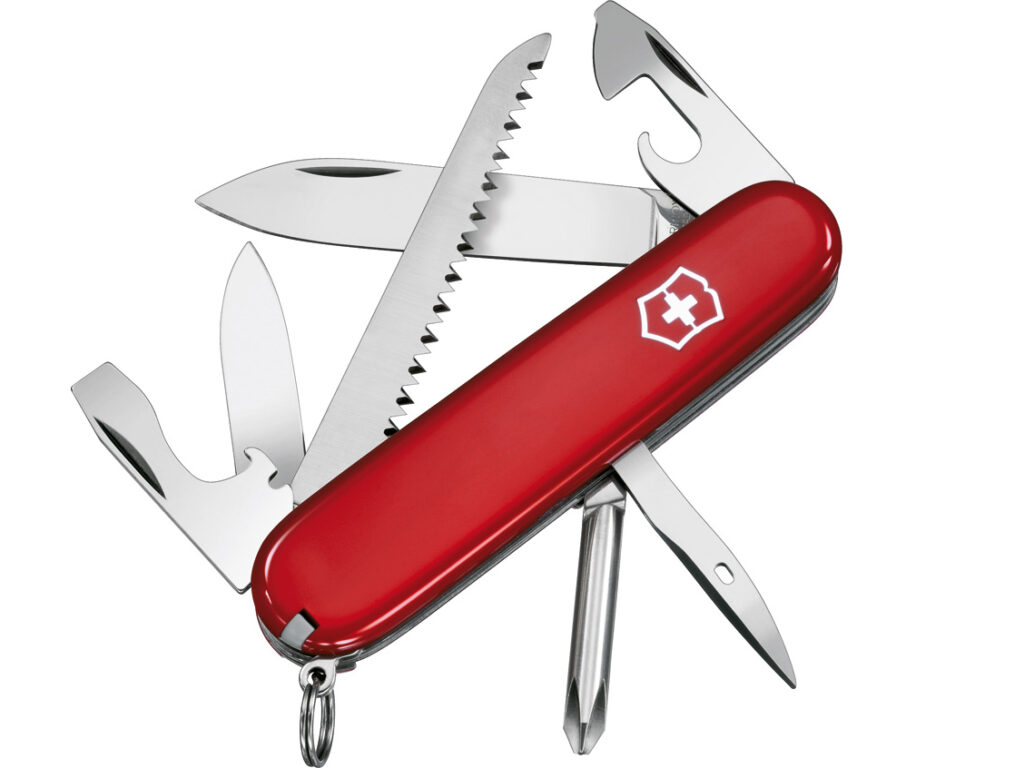
Advertisement — Continue Reading Below
Kershaw Knives Culpepper
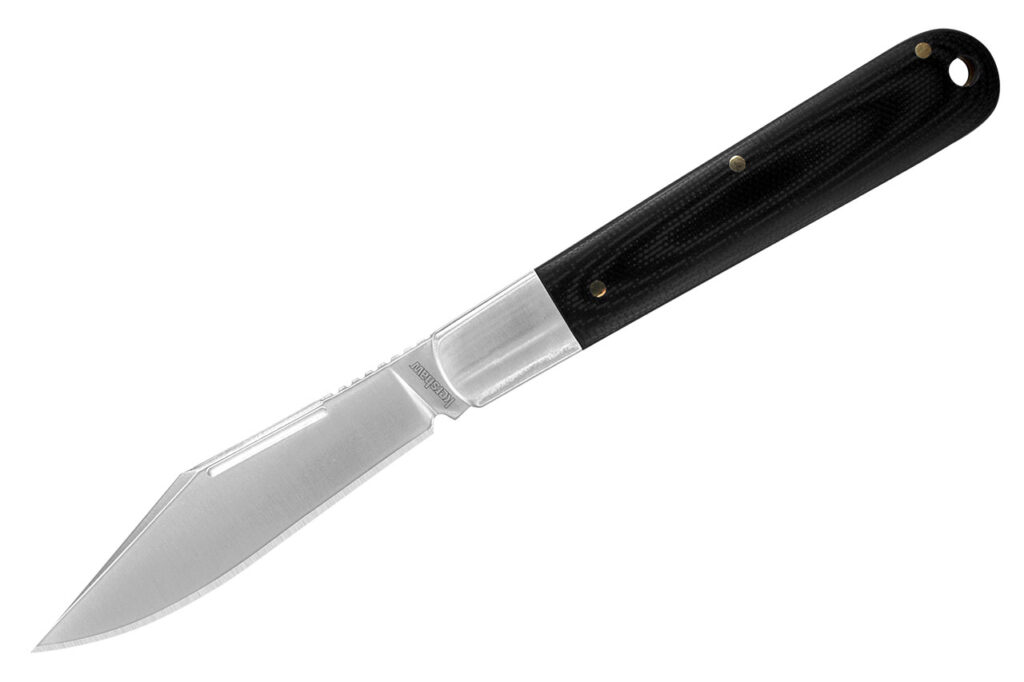
The Culpepper is one of my favorite inexpensive folders. It has just one blade, so it’s simple and easy. It’s also very comfortable in hand and holds up great with minimal care and maintenance.
Mora Companion
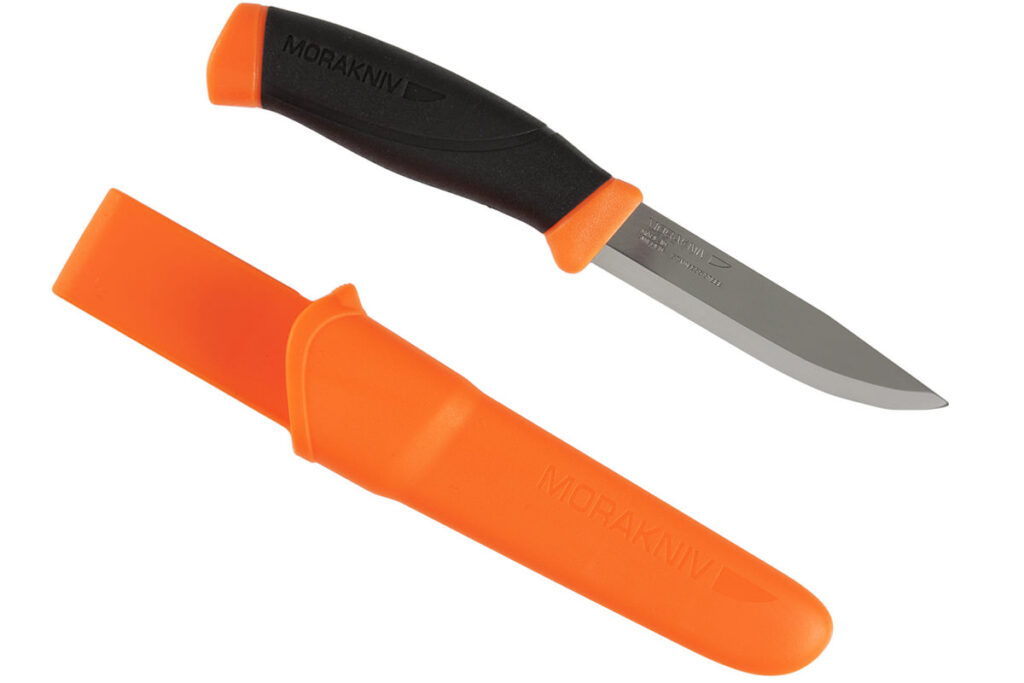
Advertisement — Continue Reading Below
The Companion is probably one of the most commonly recommended fixed blades around, and for good reason. It’s dependable, well-made, and punches well above its weight class. I like the bright orange model for visibility.
CRKT Minimalist Nessmuk
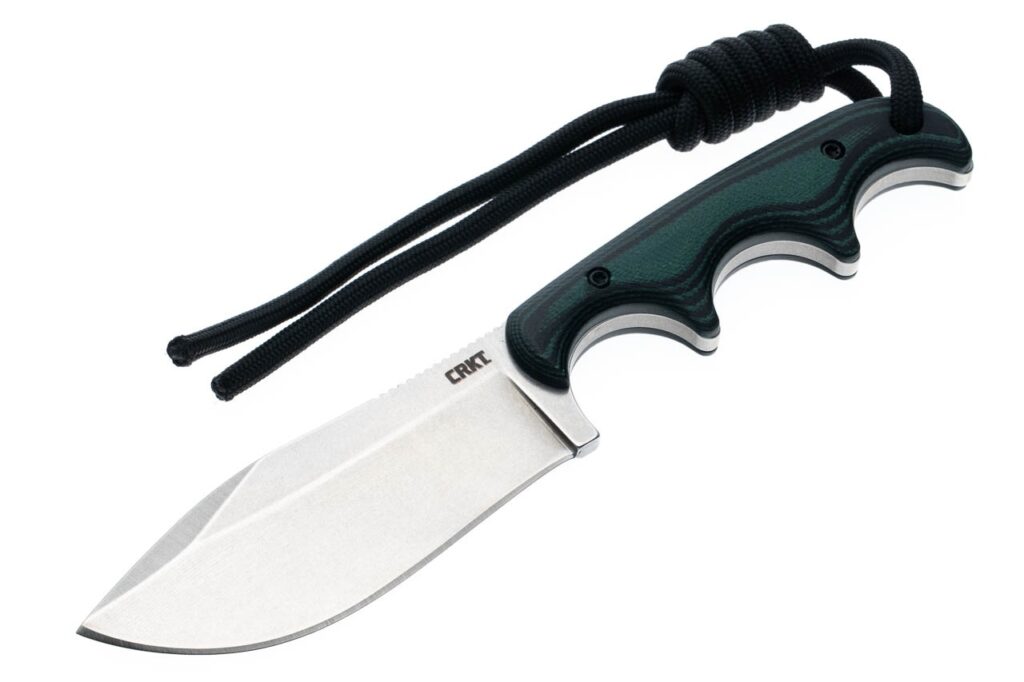
The Minimalist Nessmuk would be one more great first knife option. It is perfect for small hands, arrives razor sharp, and comes with a good sheath that can be worn on a belt or on a neck lanyard.
Advertisement — Continue Reading Below


